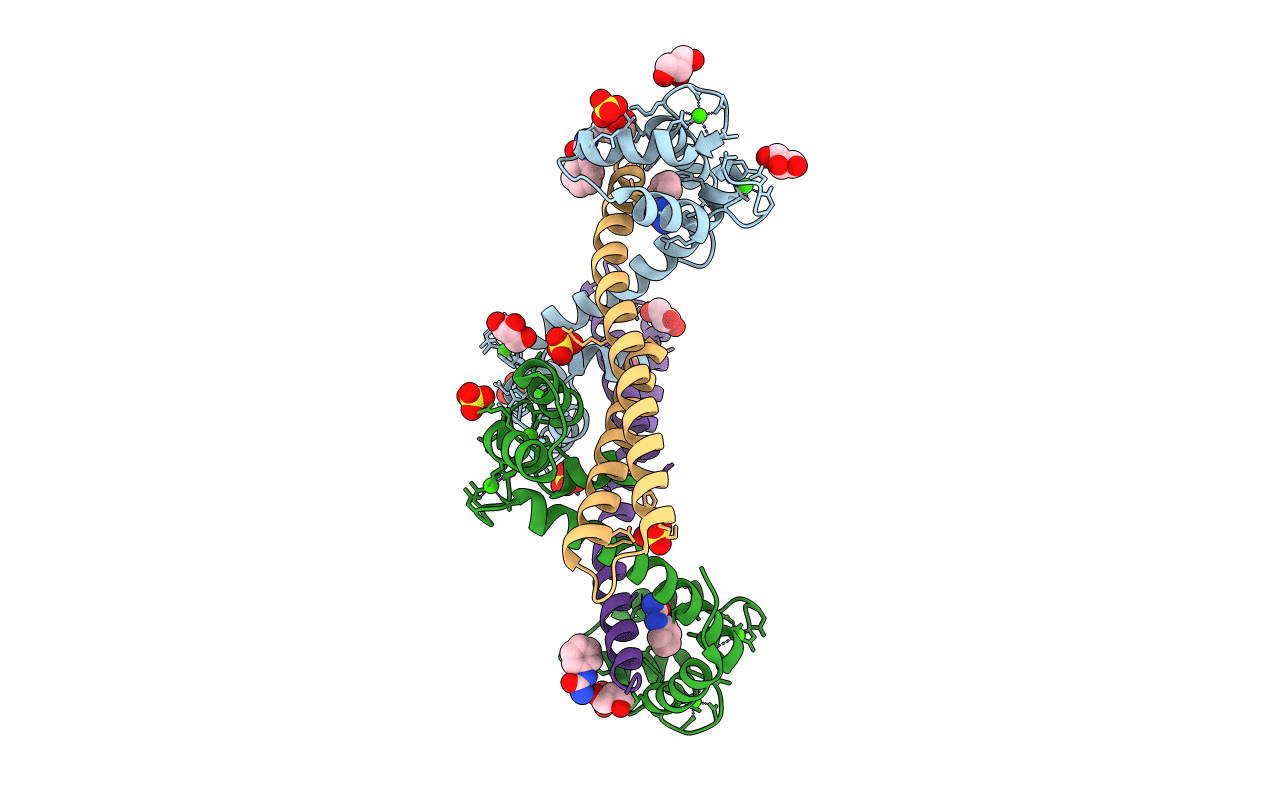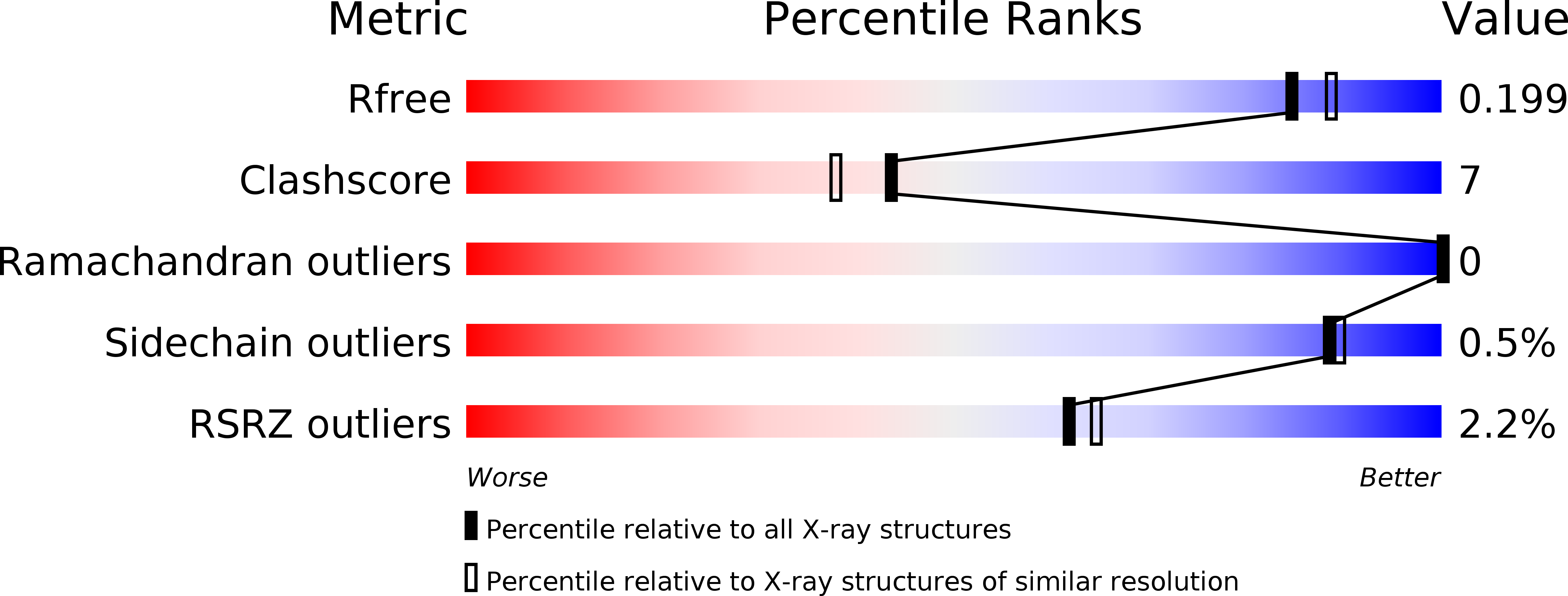
Deposition Date
2011-06-21
Release Date
2012-05-30
Last Version Date
2023-09-13
Entry Detail
PDB ID:
3SJQ
Keywords:
Title:
Crystal structure of a small conductance potassium channel splice variant complexed with calcium-calmodulin
Biological Source:
Source Organism:
Rattus norvegicus (Taxon ID: 10116)
Host Organism:
Method Details:
Experimental Method:
Resolution:
1.90 Å
R-Value Free:
0.20
R-Value Work:
0.16
R-Value Observed:
0.17
Space Group:
P 1


